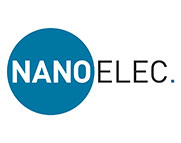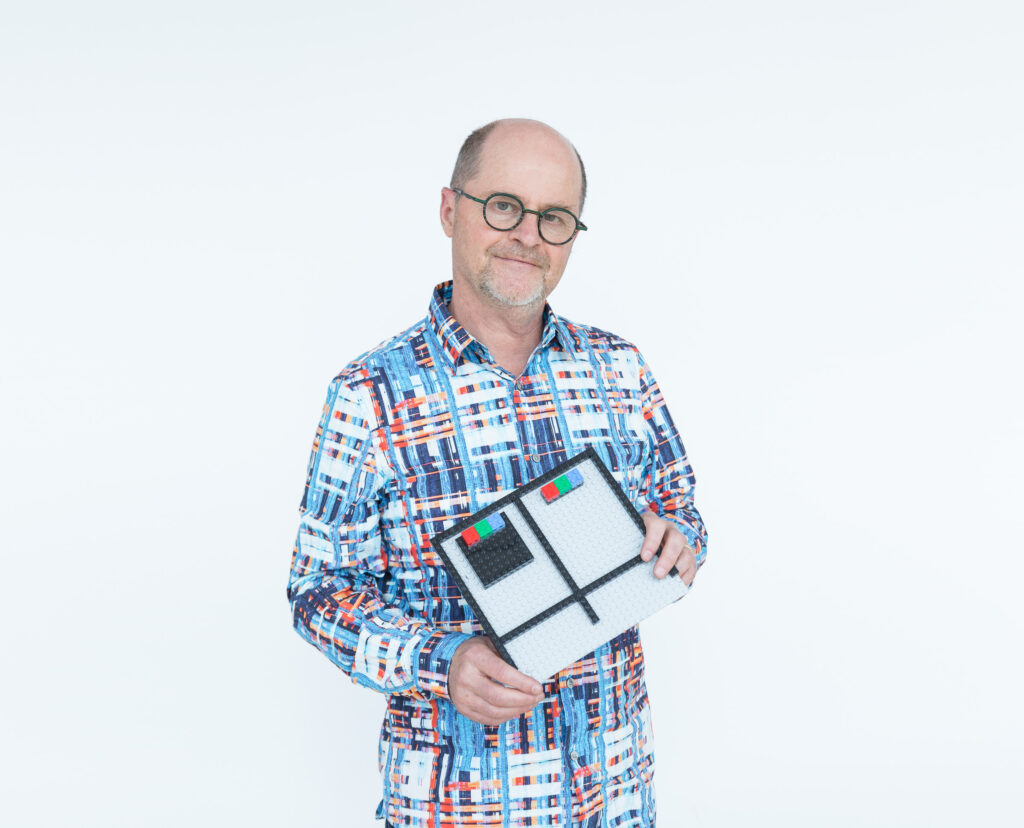The aim of the Displed program is to bring display production back to France.
MicroLED displays are coming, with the promise of better image quality, but with very real technical and industrial challenges. The smartpixel, combining microLEDs with a CMOS driver at wafer level, will help solve some of them: better driving performance, simplified mass transfer, …
The Nanoelec/Displed program is highly innovative, particularly in providing a compact, full-CMOS driven RGB microLED pixel (the smart-pixel), which is fabricated using a unique wafer-to-wafer direct hybrid bonding technique. The aim of the program is to demonstrate the industrial scale feasibility of the Smart Pixel concept. The project is based on creating a value chain with a focus on specific steps: assembly of microLED wafers and CMOS wafers, technologies for mass transfer of smart pixel components to a substrate. The technical
hurdles relate to the technical and economic viability of the concept: transfer of very small chips on a very large scale and at very high speed.
The project is built around five main work packages: wafer assembly using 200mm technology, scaling to 300mm technologies and development of packaging and mass transfer solutions for Smart Pixels. Finally, the work will undergo a demonstration phase, and a final activity focuses on the exploration of flexible, immersive, solutions for very high-end displays.
In 2022, we obtained the very first results of our pilot initiative on life cycle analysis as applied to the early R&D phase on smart-Pixel. The first proof-of-concept has been produced on a 2D-Led blue smart-pixel. We investigated two mass transfer solutions (fullwafer laser debonding of 110×110μm² dies and picking of dies as small as 75μm). We also achieved a breakthrough for 3D Integration with NanoCleave layer release technology. At the same time, our key partner Aledia has nearly completed the construction of its first production building in Champagnier.

The Nanoelec/Displed program prepares real breakthroughs in the display industry value chain as well as new image functionalization. © Pixabay





